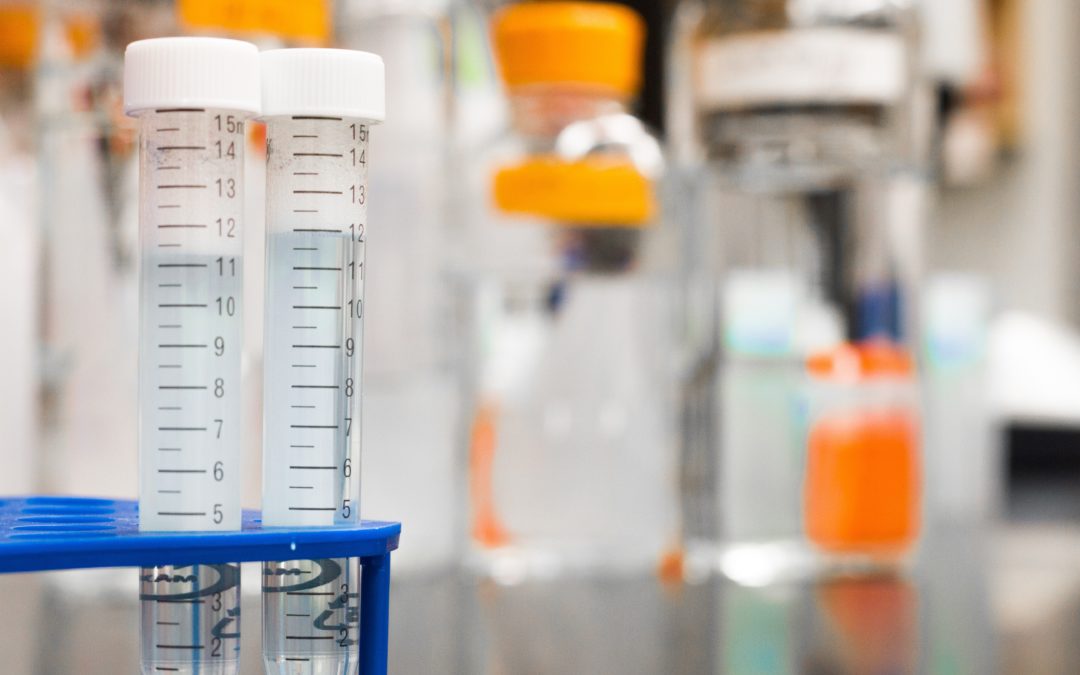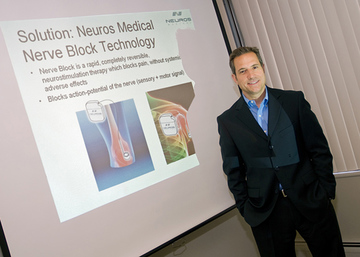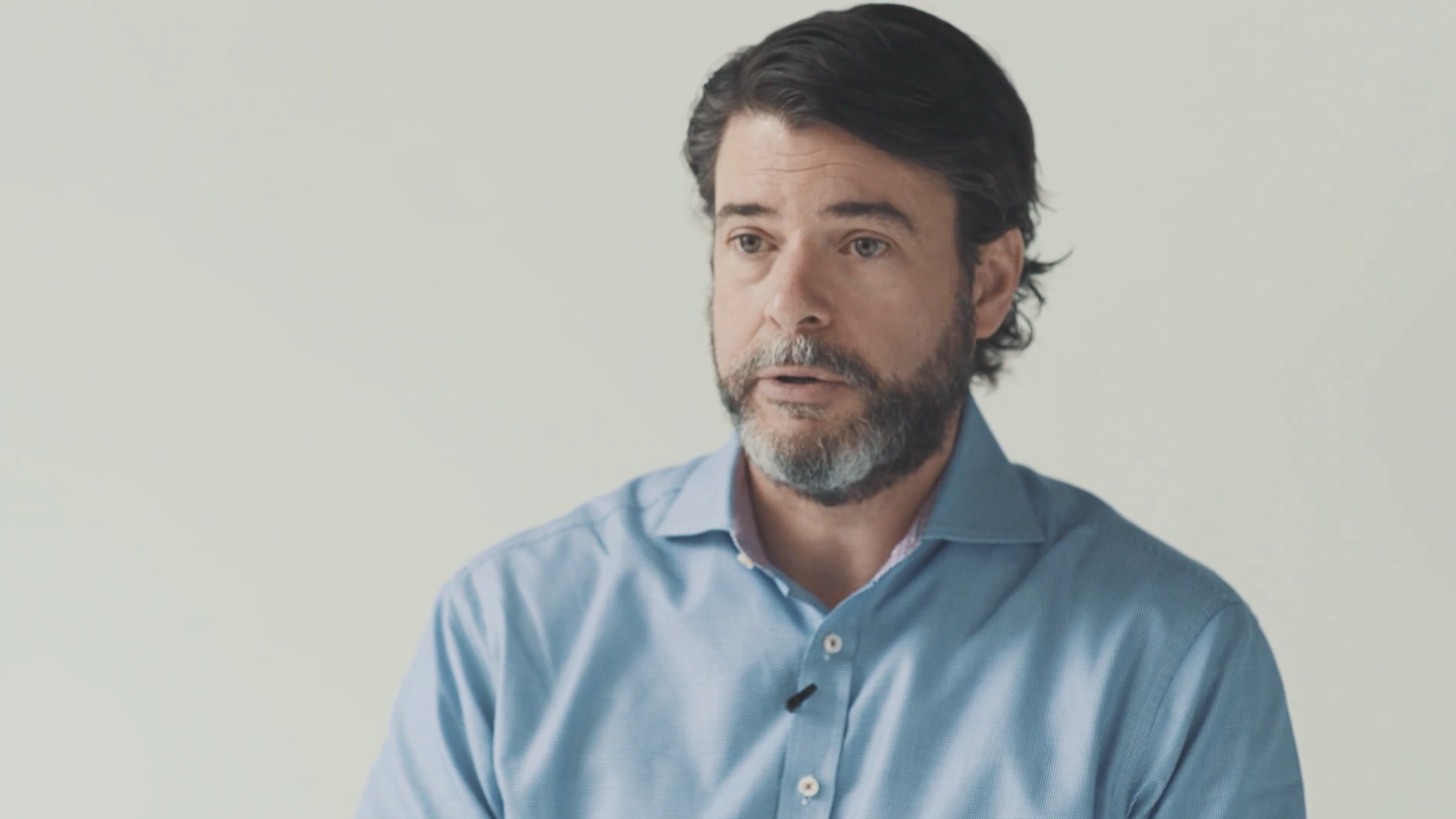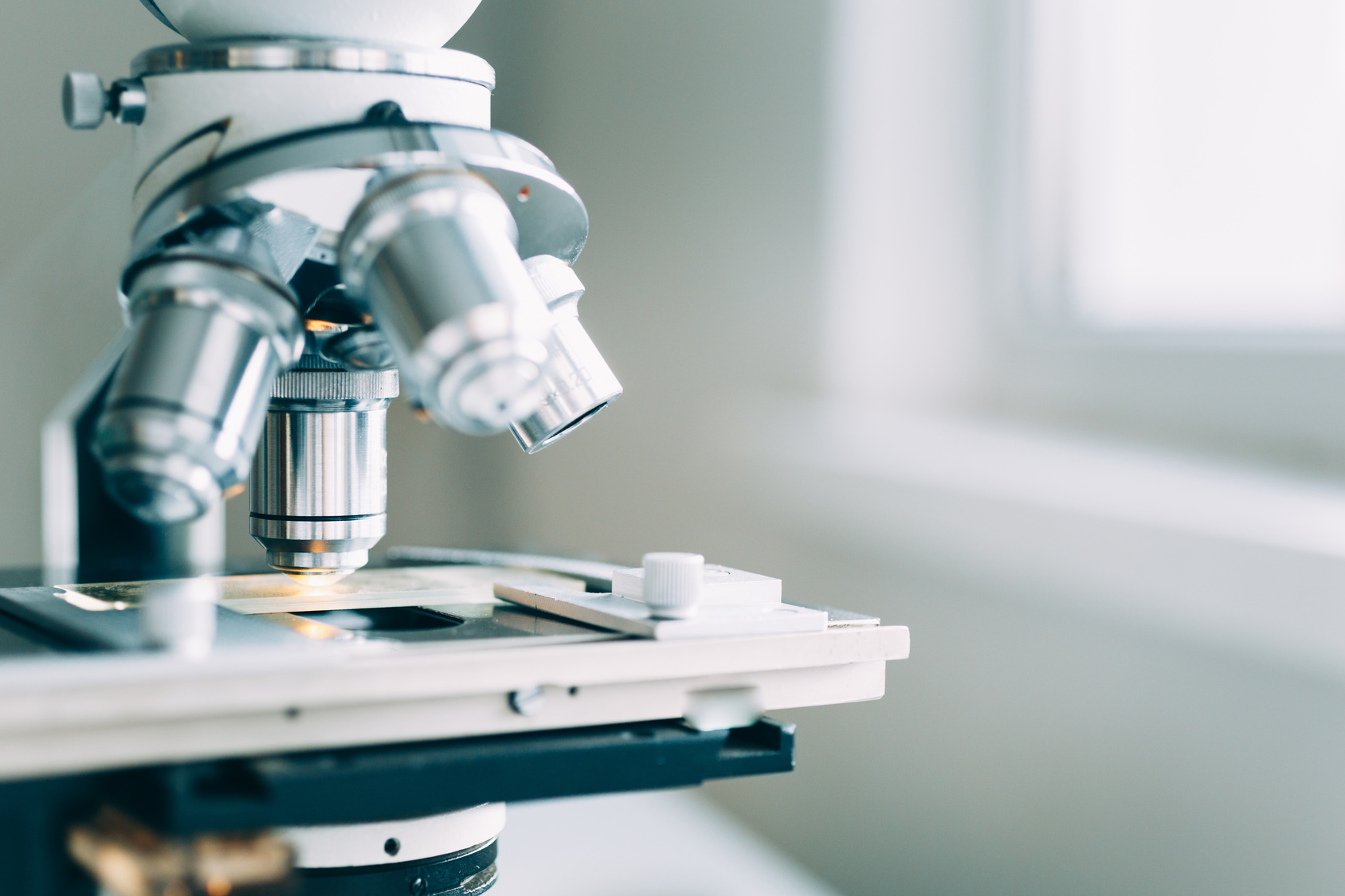iSelect hosts a Deep Dive webinar on a novel innovation topic on the first and third Wednesdays of each month at 9 a.m. central. Our most recent session focused on early cancer diagnosis using blood-based tools. Testing patients for cancer has typically involved a tissue biopsy — collecting the cells in question for closer examination. However, these tests can be invasive, risky, costly, and painful. Liquid biopsies, on the other hand, rely on analyzing bits of tumor material that are found in bodily fluids such as blood. In this conversation with iSelect venture associate, Tom Bunn, we discuss the growing field of blood-based cancer diagnostics and how it can improve patient care by finding tumors earlier in their development.
Tim Sprinkle: So, once again, we have Tom Bunn, with iSelect Fund, here to talk about this week’s Deep Dive topic. Tom, welcome.
Tom Bunn: Thanks Tim. Glad to be here.
TS: So, what did you guys learn this week?
TB: We have been seeing companies trying to tackle, early screening or diagnostics for cancer using liquid biopsies and blood. So, this week we focused on blood-based cancer screening and diagnostics tools, which will ultimately allow healthcare providers to understand, hopefully, when patients have cancer and hopefully where that cancer is in their body at a much earlier stage in the cancer development. Hopefully before it’s metastasized.
TS: Interesting. And how far along is this technology right now?
TB: There are several very well-funded companies that are working on this. One is a very well-known company that spun out of Illumina in 2016 called Grail. It’s shown very good retrospective data and they’re going into the clinic for prospective data next year. So, their blood assay has shown very good data in terms of looking back at cancer patients to determine and to basically prove out which ones had cancer and which ones didn’t. The next step is really taking it into a wider cohort of patients, both with and without cancer, to be able to prospectively determine who has early stage cancer and who doesn’t.
TS: And I would assume given cancer’s predominance in just the general population, the market for this sort of technology is massive.
TB: It is. The estimates around how much money you can save from early diagnosis are massive. One estimate I read puts it at $26 billion a year, which is basically many more than any other therapeutic approach can promise. So if you look at where a lot of the cancer companies and R&D money has been spent, it’s really been spent on late stage options for people who are likely going to add, unfortunately, a month or two under their life. This approach is kind of really a paradigm shift in that, instead of focusing on late stage patients who we should obviously still be focusing on, the lion’s share of our work should really be around diagnosing and screening for cancer at its earliest possible stage so we can have a much better chance of curing it.
TS: The idea of curing cancer has been kind of the goal for a long time, but it’s true, if we’re not going to cure it, finding better ways to better address it in the moment is the best approach. Is that kind of where the technology is right now?
TB: I think so. I mean, the earlier the earlier we can find cancer, the better results are. If we find prostate cancer in the early to the mid stage, it’s almost 100% curable. It’s the same for breast cancer. There, there are anomalies to that rule, but generally speaking, most cancers can be cured if you solve them before a certain progression in the life cycle of the cancer.
TS: Excellent. Well, it’s really interesting stuff. Thanks very much for your time, Tom.
TB: For sure. Thanks for having me.






